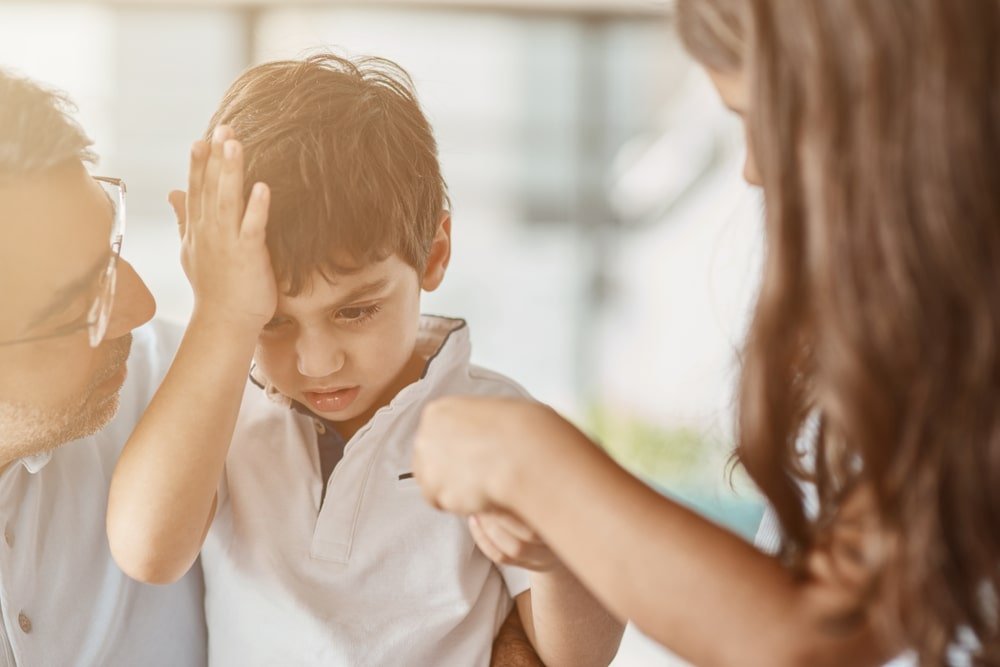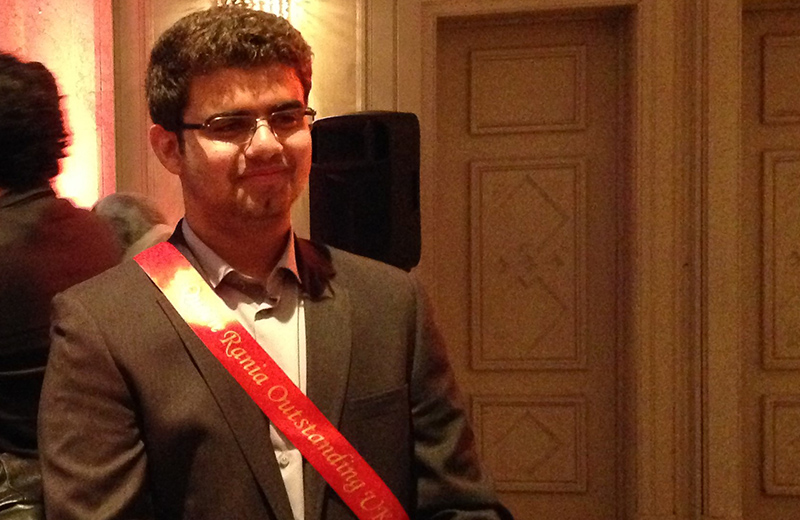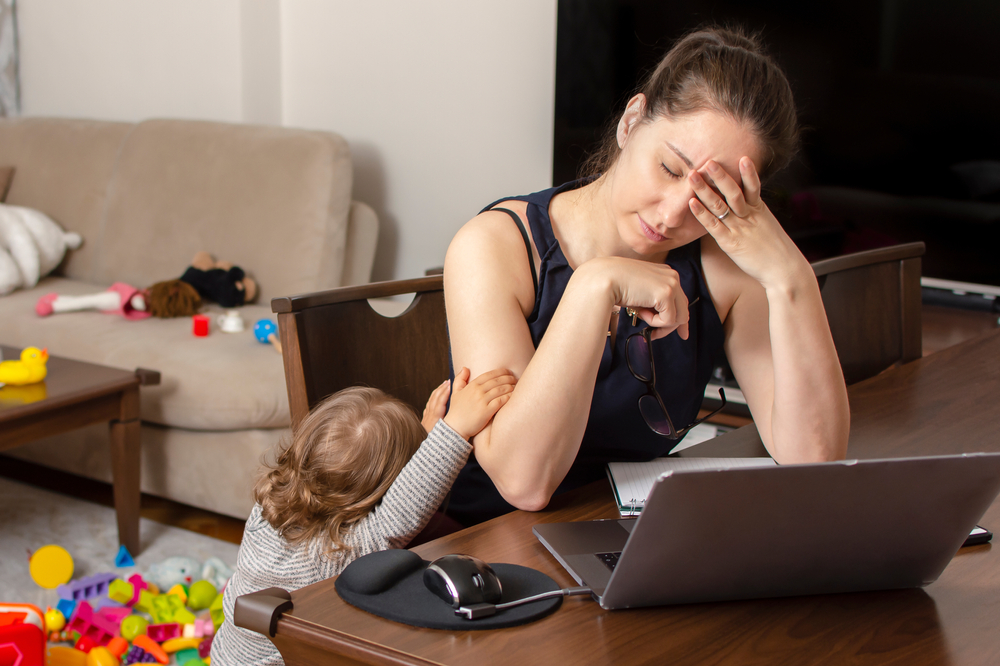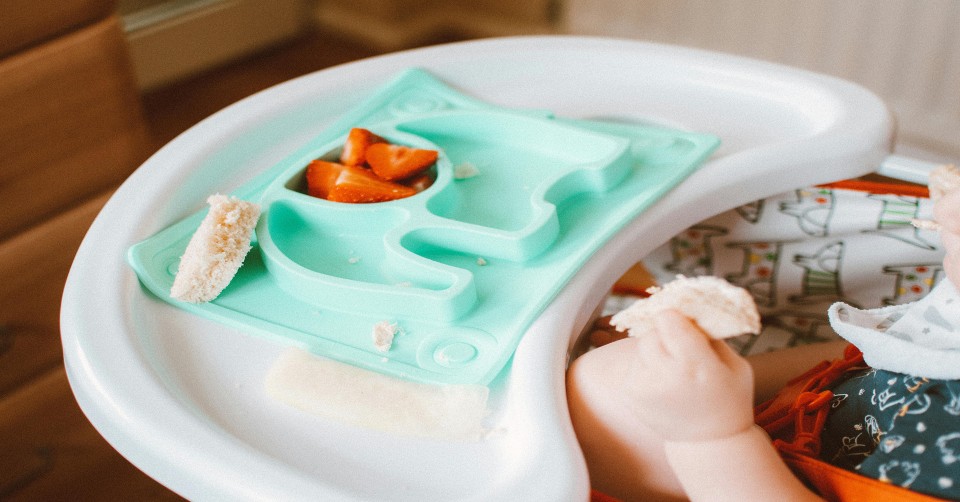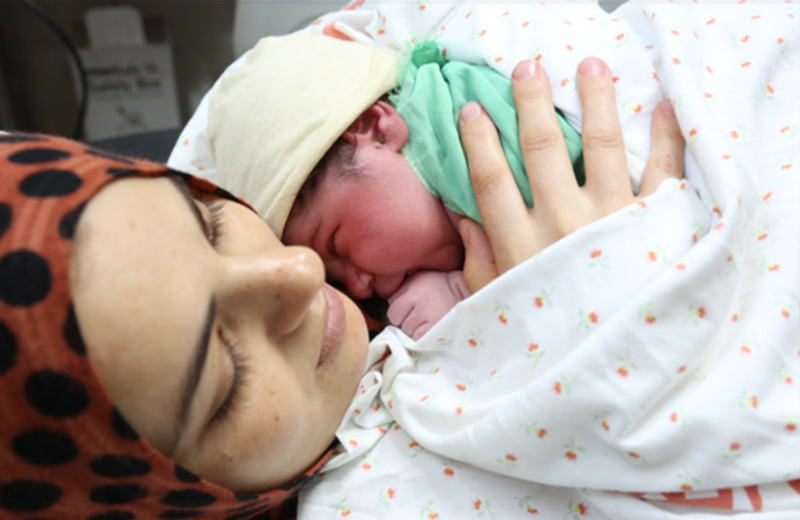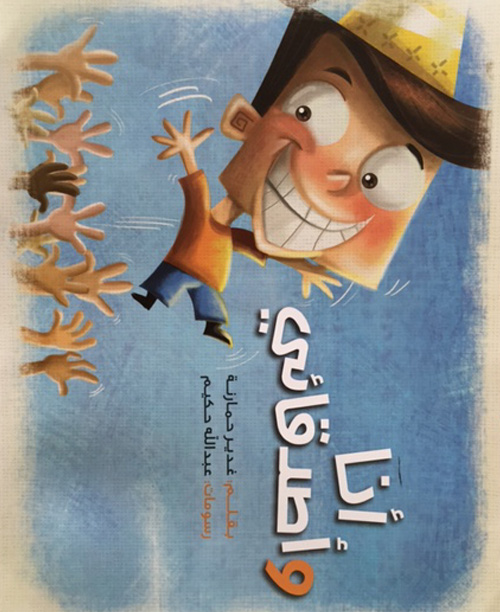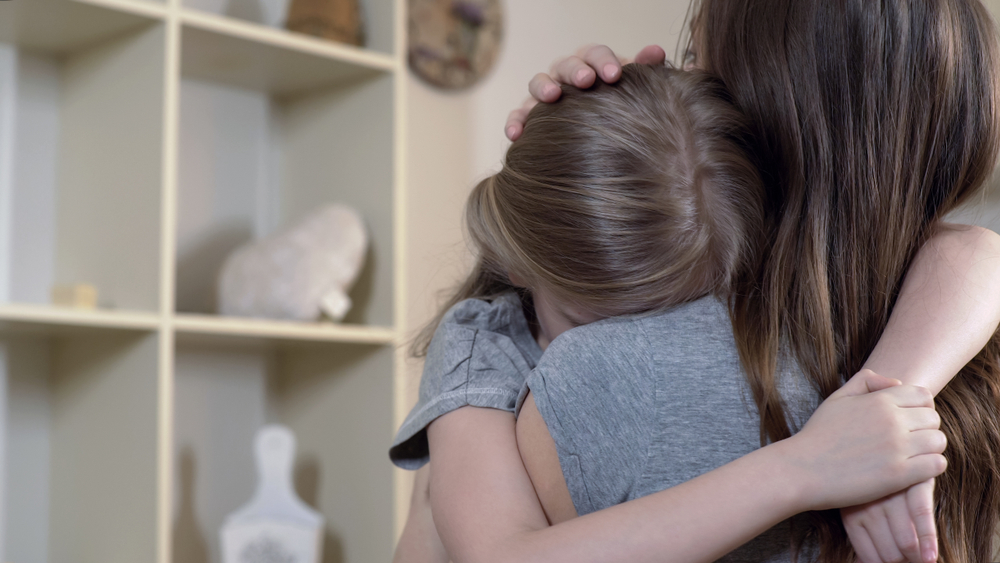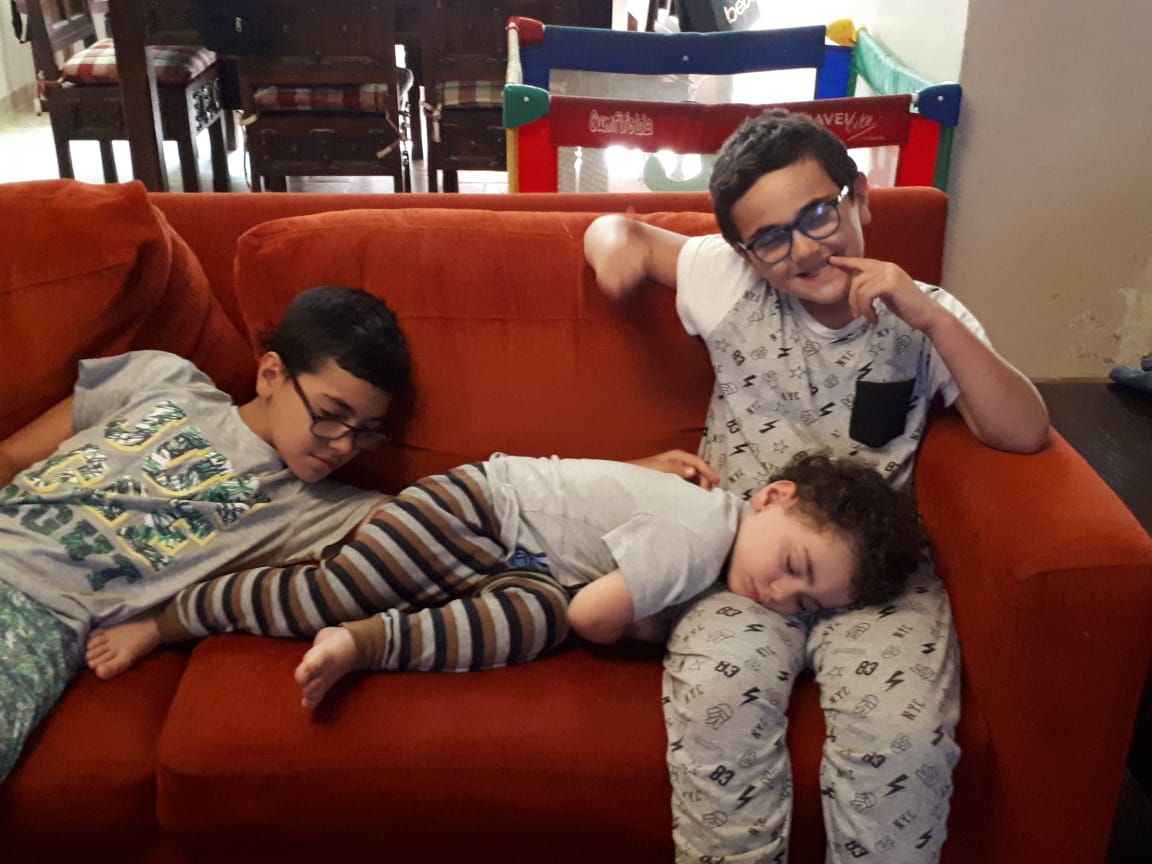Early Adolescence 12-15 Years
Growing Bodies and Personal Safety - Part I

Talking to children about their growing bodies can be challenging for many parents. In the absence of resources, the “taboo” placed around issues related to sexuality and the lack of sexual education parents received themselves when they were children, tackling the topic becomes even more daunting. The importance of talking about growing and changing bodies isn’t just about raising awareness on sexual health and development but there’s also a fundamental child protection aspect to the conversation. This two part series will focus on talking to children about important concepts such as:
- Body awareness and privacy
- The differences between “good touch and bad touch”
- Child protection tips across different ages
- Noticing the signs: detecting sexual abuse in children
It’s important for parents to learn that they play an important role in educating their children about their growing bodies and issues pertaining to sexuality. It’s also important that parents provide their children with age-specific protection tips across the different stages of development. The conversation on body protection and awareness encompass fundamental concepts that parents need to learn in order to relay to their children. Read on for my top child protection tips for both parents and kids: The Basics! What Parents Can Do:
- Never leave your child with someone you don’t trust. Statistically speaking, children are more likely to be sexually abused by someone they know rather than a stranger.
- Make sure children know their basic information (first and last names and contact information).
- Keep track of your child’s whereabouts at all times.
- Always listen attentively if your child is telling you something of a sexual nature.
- Remember, monitoring and supervising your young children is the best preventative tool.
What You Can Teach Your Child:
- Their body is private and is their own. It’s also in need of protection.
- The correct names for their body parts instead of using nicknames. This is extremely important. It makes it easier for adults to recognize the signs of child sexual abuse if the child uses the correct terms for their body parts as opposed to the use of nicknames, for example “someone touched my penis” versus “someone touched my birdie.”
- The difference between secrets and surprises. Most abusers tell children that the sexual activity is their “secret.” Teach your child that he should share things with you and that your family does not keep secrets from one another. A surprise (such as a birthday party) is different than a secret; it can be concealed from a family member as it does not cause harm.
- He/she can rely on his/her gut feeling. If something or someone makes your child uncomfortable then they have every right to remove themselves from the situation, tell the person to STOP and seek help from another adult.
- The difference between a good touch (a hug and cuddle from a trusted adult and a touch that makes a child feel good) and a bad touch (a slap, a kick or an inappropriate touch that makes the child feel sad, angry, uneasy or confused).
- How to react in specific situations. Play the “what would you do” game with your child. You can even role-play this out! Ask questions like “what would you do if someone asked to look at your private parts” and brainstorm different ways your child can react.
Here are my go-to age specific child protection tips that can be provided to children as they move through different ages:
| Age | Tip |
| Infancy- 2 years | - Teach children about their different body parts - Provide accurate names for their private parts: use terms like penis and vagina (more on this below) |
| 3- 5 years | - Encourage basic understanding of privacy and appropriate/inappropriate behavior (nudity/bath time) - Educate your child about “good touches” and “bad touches” (more on this in the second part of the article) |
| 6-8 years | - Educate on personal rights. Make sure to state it clearly to your child: “your body belongs to you.” Also educate on responsibilities in treating boys and girls equally. - If your child has a question on reproduction or sexual acts (kissing) answer honestly and factually. |
| 9-11 years | - Provide ongoing information on puberty and basic information on sexual behaviors (such as intercourse). |
| Teens | - Help your teen build critical-thinking skills to separate fact from fiction in media, and other depictions of sexuality. - Make sure you are keeping an open and healthy dialogue on matters pertaining to sexuality during this age -. Address issues such as peer pressure with your teen |
*This article cites information from the following resources: The American Academy of Pediatrics and It’s So Amazing by Harris, R. & Emberely, M (2014).


